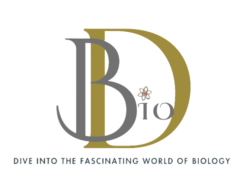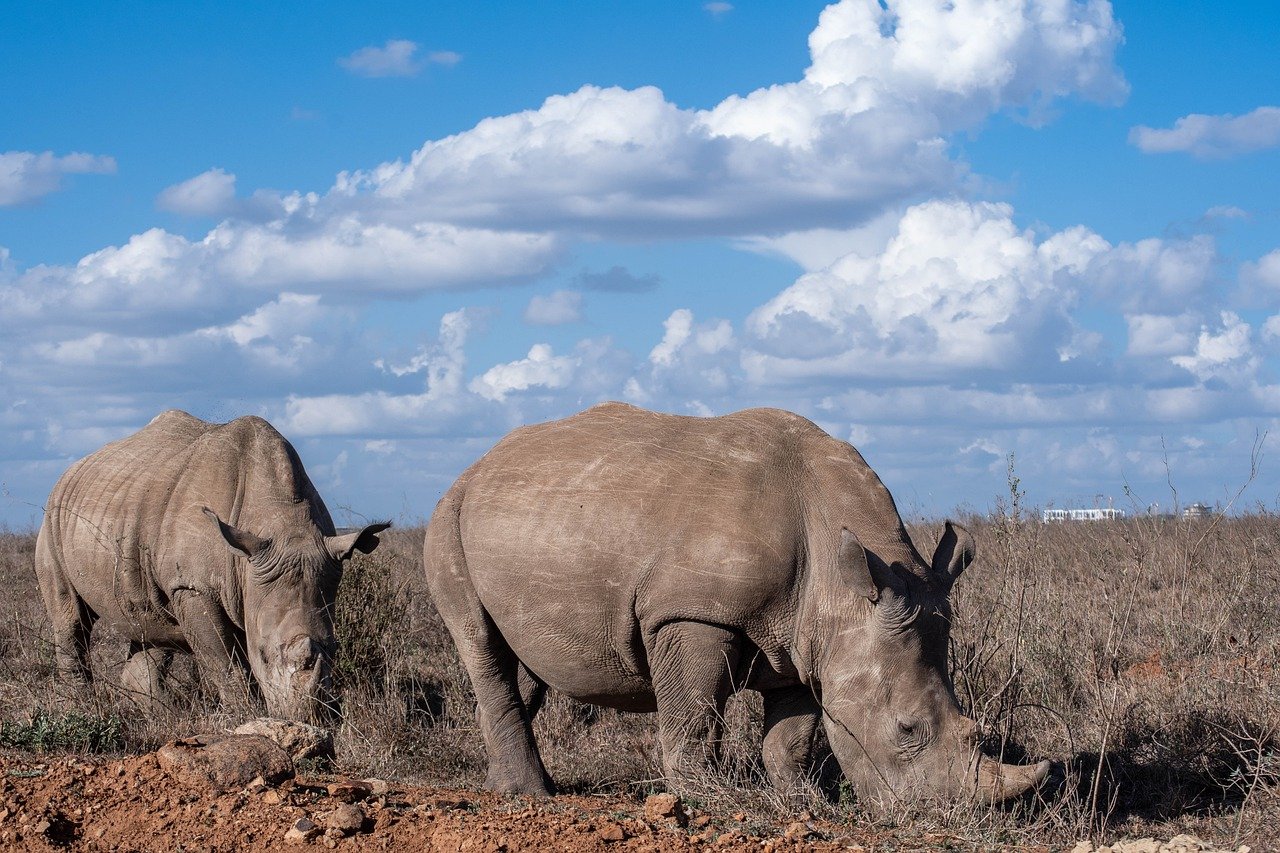The northern white rhino is the second largest land animal after elephants. They weigh a staggering 3500 kilos. This gigantic animal is sadly placed in the ‘critically endangered’ species list. Why? It is due to illegal hunting for its horn. It is critically endangered to the point that there are only two (Najin and Fatu) of them left. Ever since, they have been well protected at the Ol Pejeta Conservancy in Kenya. Sadly, they also lost their only male Sudan on the 19th of March 2018, making the entire subspecies extinct.
A ray of hope and a promising future
Biorescue is an international consortium of environmentalists and conservationists involved in the protection and rescue of endangered animals. The German Federal Ministry of Education and Research came forward to make this impossible feat a reality. They used assisted reproduction and stem cell research to help release the white rhino from the endangered species list.
The project in brief
Being a keystone species of Central Africa, it is important to save this species from extinction. The eradication of this mega vertebrate will significantly disturb the elements of our ecosystem. This will also create a vortex effect, a chain reaction of impacts on other ecological species, much like the swirling motion of a vortex.
In 2015, only three individuals from this subspecies were alive (1 male and 2 females). They came up with a combined strategy of advanced assisted reproductive technologies (ART) and stem cell-associated techniques (SCAT). These strategies were implemented in addition to habitat protection and ex-situ conservation. They used skin samples and cryopreserved gametes for this. Upon induced pluripotent stem cell transformation, a fibroblast culture was obtained from which they received artificial gametes. They did this to establish a self-sustaining genetically healthy northern white rhino to be introduced into the wild and thereby save them from extinction.
Current status of Northern White Rhino
- As of now, only Najin and Fatu exist and they are well protected and monitored day and night at the Ol Pajeta Conservancy
- Living cells from 12 different Northern White Rhinos are stored in liquid nitrogen
- 30 Northern White Rhino embryos are cryopreserved at -196 ° C. They are awaiting transfer into a surrogate Southern White Rhino once the proof of concept is established
Developing a proof of concept
Although embryo transfer is not a new concept when it comes to Assisted Reproductive Techniques, this is still one of its kind as it has only been done in the wild and never in Rhinos. For this, they required a proof of concept that this method would work. To get a proof of concept, they performed the same technique on southern white rhinos.
Donor of the egg: Female Elenore, Belgium
Donor of sperm: Male Athos, Italy
Surrogate: Curra, Kenya
For fertilizing the sperm and oocyte, they used intra-cytoplasmic injection (ICSI)
Two embryos were injected for a higher chance of success.
This is one such embryo transfer. Like this, 12 other embryo transfers 9in white rhinos) were done (3 in Kenya and 10 in Europe).
Timeline of embryo transfer of southern white rhinos
The chosen surrogate was Curra
The embryo transfer was scheduled for 24 Sept
The pregnancy check was scheduled for 28 Nov
However, on the 25 Nov, Curra succumbed to a bacterial infection.
However, her pregnancy was confirmed at 70 days with a 6.4 cm male fetus.
This successful pregnancy is a proof of concept that embryo transfer will work.
What next?
- Due to the bacterial outbreak, the semi-captive rhinos including Najin and Fatu are well protected through vaccinations and quarantining
- A new surrogate needs to be selected now that Curra is no more
- It is only after the selection of a new surrogate will attempt an embryo transfer with the Northern White Rhinos
Conclusion
The embryo transfer technique stands as a ray of hope for the nearly extinct northern White Rhinos. Now that the proof of concept has been established, the embryos of Northern White Rhinos can be implanted into a surrogate once it is finalized. This could help the Northern White Rhino out of its endangered species list. However, the ethical issues behind this are also being investigated in parallel.
Do you think a similar strategy can be used for other endangered species? What are your thoughts? Comment below


That’s fascinating!
Good technique to preserve the rare extinct species , White Rhino should be preserved. Let’s hope this technique succeeds.
Informative read, thanks for sharing!